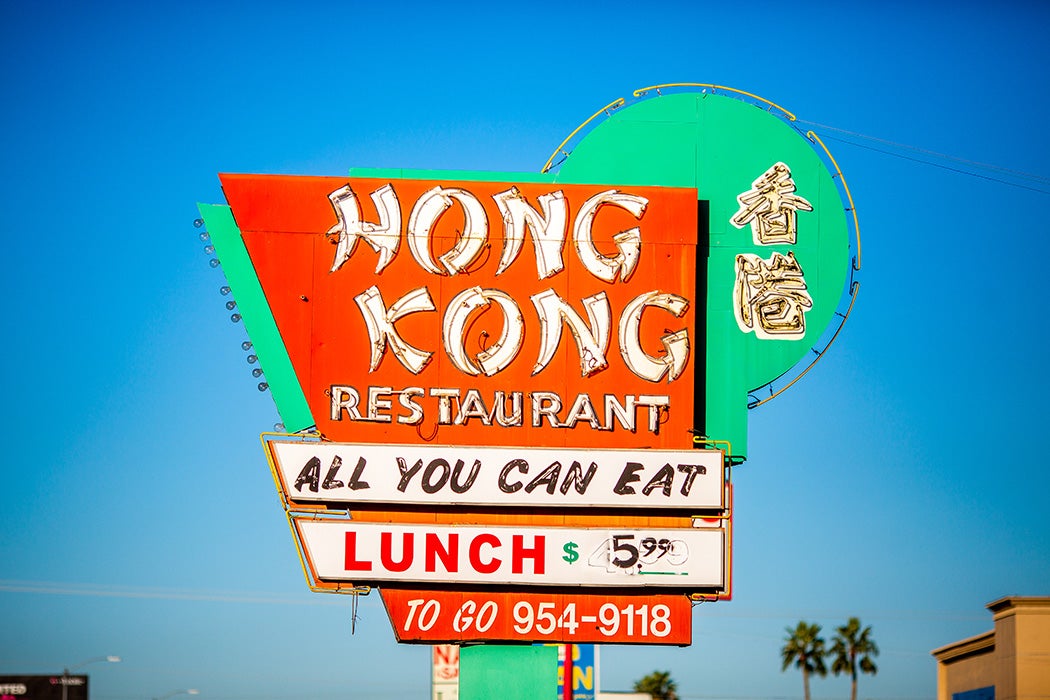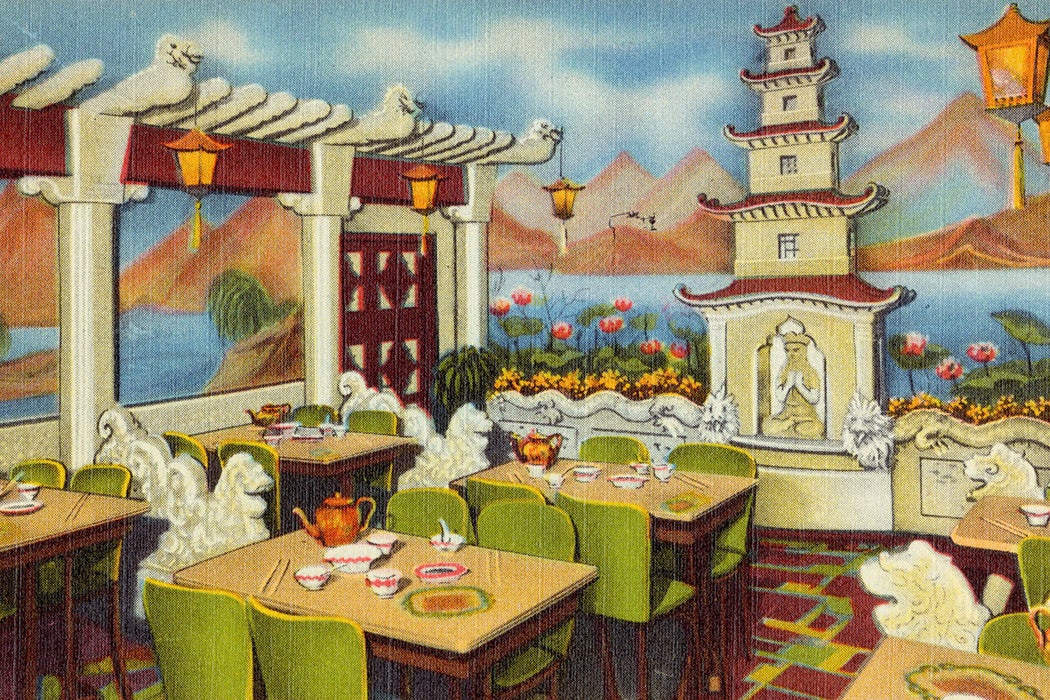Lacquered tables, lanterns, shrines, dragons, the colors red and gold: These standbys of Chinese restaurant decor still beckon tourists and locals in, possibly as much as the scent of dumplings, fried rice, egg rolls, and other Americanized dishes. The motifs and the food go hand in hand—so much so that it’s hard to imagine one without the other.
But that association is far from universal, according to folklorist Mu Li, who argues that on the island of Newfoundland, now part of the Canadian province Newfoundland and Labrador, Chinese restaurateurs of the first half of the twentieth century served Western fare in spaces that looked like Western restaurants.
That was because these “turn-key” restaurants were previously owned and sold with all their fixtures intact. Chinese owners might change the name of the place but not the menu (at times they were even bound to keep serving the same food). Opened in 1918 in St. John’s, Newfoundland’s first Chinese restaurant was the King Café. Twenty others were open at various points between then and 1949. “These early Chinese-owned restaurants served a Western menu that included steak, pork chops, and fish and chips, rather than Chinese food,” writes Li.
Their decor also mirrored small-town Canadian-ness, “seem[ing] to avoid representing their Chinese ownership.” Owners didn’t alter the buildings themselves, nor did signboards advertising the menu include any Chinese dishes. As Li writes, “These restaurant buildings present[ed] a different ethnic presence from the Chinese architecture in bigger North American cities with sizable Chinese centers.” Without the community power of an urban Chinatown, it was best to keep a low profile—to look like a cafeteria, basically.

Like the United States, Canada had set up highly restrictive and racist anti-Chinese immigration and naturalization laws in the 1880s, starting in British Columbia. Chinese who lived and worked in the Canadian West gradually migrated eastward as work on the railroad and gold mines dried up. The first Chinese in Newfoundland started settling there in 1895 (before it became part of Canada) but found themselves banned from lucrative employment, especially mining and fishing. New discriminatory restrictions forced migrants into service businesses like hand laundries and restaurants. Given the poverty and minute number of Chinese on the island, turn-key restaurants might cater to a Chinese clientele, but their new owners did little to renovate, to save money and time.
Additionally, the lack of “social acceptance of Chinese cultural existence” likely influenced the way these restaurants looked. One restaurateur told Li, “In the early days, in my father’s restaurant, there was no Chinese decor. I did not adopt any Chinese ornaments either when I started my own business because I was afraid that local people might not like it.”
Weekly Newsletter
Things began changing after World War II, when laws finally let “naturalized Chinese in Newfoundland and their descendants” travel freely in Canada. In the mid-1950s, the island’s Chinese restaurateurs began serving chop suey, already a staple across Canada and the United States. As the North American version of Cantonese cuisine began making inroads on Newfoundland, restaurant decor changed to match expectations of exoticism. Neon signs were first, adding Chinese characters. But there were limits: Even in the 1970s elaborate decorations were often reserved for private rooms or for the bigger restaurants.
Today, writes Li, many of Newfoundland’s Chinese restaurants still have something of a “traditional” look: They follow their forebears over the past century in not looking very “Chinese” at all.
Support JSTOR Daily! Join our new membership program on Patreon today.







